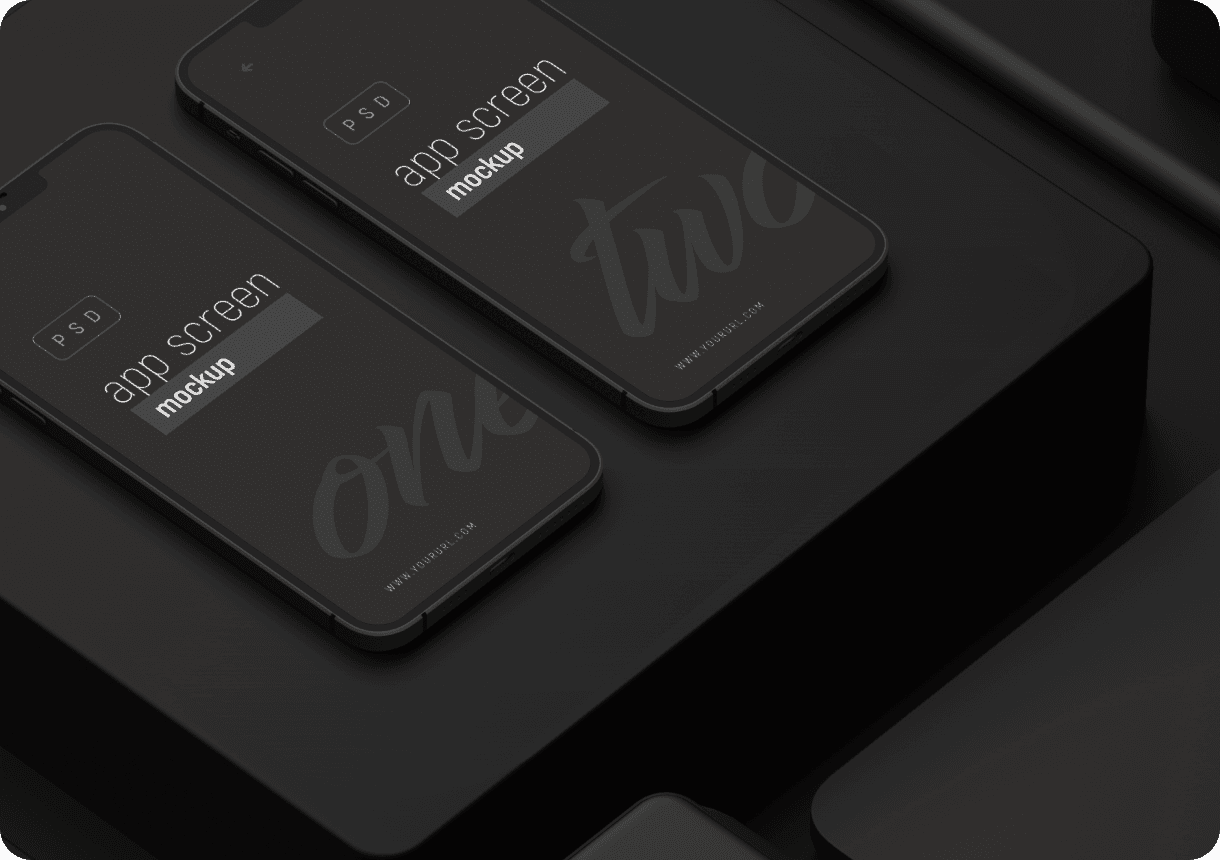
Introduction:
Embark on a journey through the captivating realm of Digital Art Exploration, where technology and creativity converge to redefine artistic expression. Join us as we delve into the transformative power of digital tools and techniques in shaping the future of art.
The Evolution of Digital Art:
Digital art represents a paradigm shift in the world of creativity, offering artists unprecedented freedom, flexibility, and innovation. From digital painting to 3D modeling, the evolution of digital tools has revolutionized the way artists conceptualize, create, and share their work with the world.

Exploring Digital Mediums:
Digital Painting:
Digital painting allows artists to unleash their creativity on virtual canvases, experimenting with an endless array of brushes, colours, and textures. With software such as Adobe Photoshop and Corel Painter, artists can blend traditional painting techniques with digital precision, pushing the boundaries of visual expression.
3D Modeling and Sculpting:
3D modelling and sculpting open up a world of possibilities for artists to create immersive, lifelike environments and characters. Using software like Blender and ZBrush, artists can sculpt intricate details, manipulate geometry, and bring their creations to life in virtual spaces.
Generative Art and Algorithmic Design:
Generative art and algorithmic design harness the power of algorithms to create dynamic, evolving artworks that blur the lines between man and machine. Through code-based creativity, artists explore the intersection of art, mathematics, and technology, producing mesmerizing visuals that challenge perceptions and provoke thought.
Pushing the Boundaries of Creativity:
Interactive Installations:
Digital art transcends traditional boundaries, inviting viewers to engage with artworks in immersive and interactive ways. Interactive installations, augmented reality experiences, and virtual reality simulations transport audiences into virtual worlds where they become active participants in the artistic narrative.
Collaborative Projects:
Digital art fosters collaboration and community, bringing artists together from around the world to collaborate on projects that transcend geographical boundaries. Through online platforms, artists exchange ideas, share resources, and co-create artworks that reflect the diversity and interconnectedness of the global creative community.
NFTs and Blockchain Technology:
NFTs (non-fungible tokens) and blockchain technology are revolutionizing the art market, providing artists with new opportunities to monetize their digital creations and establish ownership rights in a decentralized manner. Through NFT marketplaces, artists can tokenize their artworks, enabling collectors to purchase and trade digital assets securely and transparently.
Conclusion:
Digital Art Exploration represents a journey of boundless creativity, innovation, and discovery. By embracing digital tools and techniques, artists are pushing the boundaries of artistic expression, redefining the relationship between art and technology, and shaping the future of visual culture. As we continue to explore the digital frontier of artistry, the possibilities for creativity and innovation are infinite, offering new pathways for artists to share their stories, inspire change, and connect with audiences in meaningful ways.



